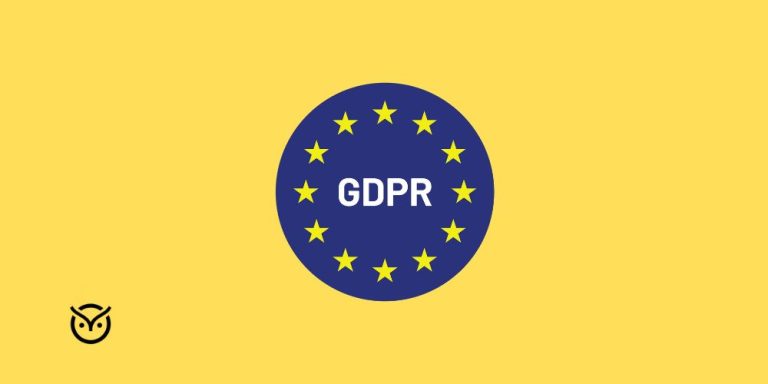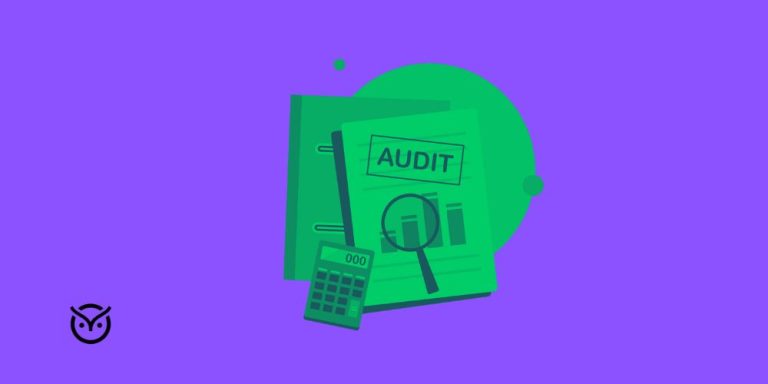Effective Background Checks for AI-Driven Hiring

TL;DR
- Effective background checks for AI-driven hiring speed up safe hiring.
- These tools catch issues quickly across IDs, records and past details.
- Many platforms offer quick compliance checks and fair, responsible blacklisting.
- UK systems stand out because of strict rules and a well-built digital hiring setup.
- AI plus human review keeps hiring safe and reliable.
Companies try to fill roles fast, but moving too quickly can cause problems when checks are slow or not done properly. This is why effective background checks for AI-driven hiring are so important. Many teams deal with long waits for verification, bits of data spread across different places and growing pressure to stay compliant. These slowdowns break the flow of hiring and raise the risk of bringing in someone who is not the right fit for safety or the job itself.
The good news is that better tools now exist. New screening systems, including AI hiring trends, make the whole job simpler, smoother and far more dependable. Recruiters can validate candidates, stay aligned with rules and avoid common mistakes without slowing down hiring. The result is safer decisions and stronger teams.
What Is a Pre-Employment Background Check?
A pre-employment background check is a review that confirms a candidate’s identity, work history, education and any records that may affect job safety. It is used across industries to reduce risk and protect workplace integrity. Most companies check identity, criminal records, employment dates and sometimes professional licenses.
This process supports fair hiring when done correctly. Modern checks follow strict privacy rules such as GDPR in the United Kingdom and the Fair Credit Reporting Act in the United States. According to a survey, at least 94 percent of American employers carried out at least one type of background screening in the previous year, showing how common these checks are in hiring
Recruiters in the UK rely on screening tools more heavily because the country offers clear guidance around automated checks and digital identity verification. This is one reason many ads for digital hiring roles highlight UK-based experience. UK employers operate in a market that accepts automated screening, uses strict compliance rules and has a strong tech ecosystem. These conditions help recruiters trust AI tools and use them at scale. This same trend appears in talent assessment platforms, where UK adoption is consistently higher than in other European markets.
Platforms Supporting Instant Compliance and Blacklisting
Many hiring teams now ask which platforms support instant candidate blacklisting and compliance checks because these features decide how fast and safe screening can be. Modern platforms now give employers instant compliance checks, identity validation and automated alerts. These systems compare candidate information with regulatory databases, sanction lists and public safety records. This helps companies catch issues early instead of after a hire is made.
Research from Deloitte on its automated regulatory gap analysis tools shows they can cut the time needed for compliance mapping by five to ten times compared with manual methods, which makes this kind of automation a strong fit for high-volume hiring and screening workflows.
Some platforms also use responsible blacklisting. If a candidate has been tied to fraud, fake records or major safety risks, the tool highlights their profile. It is more of a warning than a final decision. It guides teams to double-check the details. This approach helps stop the same issues from happening again and keeps hiring standards strong.
UK-based tools often lead this space because they follow well-defined government identity standards and maintain strong data reporting structures. Recruiters in automated hiring markets frequently say this is why many companies prefer UK platforms for AI recruiting software tools and even for AI resume screening roles. The environment supports safer automation which makes it easier for employers to trust the results.
These systems also work well alongside AI recruitment trends, where hiring teams use automated identity checks, digital right-to-work verification and instant compliance reporting. Combining these tools lets hiring teams review more candidates in less time without lowering safety standards.
How AI Supports Background Screening
Screening becomes quicker with AI without losing the safety checks. It sorts through big chunks of data and flags anything that looks off. That includes IDs, work history, paperwork and public files. Rather than hopping from one source to another, the tool links the information and shortens the whole process.
One of the biggest strengths of these tools is how well they spot patterns. They pick up on things like job titles that do not match across profiles or documents that look edited. They also help companies stay in line with outside rules by comparing information with current regulatory lists. This becomes important as more candidates apply from different countries and each region has its own guidelines. This is also why many teams lean toward UK-based tools for automated hiring. The UK has clear digital identity standards which make these systems more steady and reliable.
If handled properly, AI plays a helpful role in fair screening. It flags things that do not match up not personal traits. The final choice always rests with a human reviewer. This keeps the process fast while making sure candidates are treated fairly.
Best Practices for Using AI in Background Checks
Good AI screening depends on solid steps. These are simple ways hiring teams can get the best results:
Keep AI and human review together
These tools can point out possible issues but a person should always make the final call. This keeps the process fair and helps everyone trust the outcome.
Use verified and legal data sources
Companies should only use AI tools that follow privacy rules, store data safely, and offer clear visibility into how results are created. When a system meets GDPR-level rules, it keeps everyone involved safer.
Be clear with candidates
Explaining how background checks are done and what information is looked at helps build trust with candidates. A 2025 report noted that 48 percent of job seekers want clear details on how AI plays a role in hiring.
Set accuracy and review standards
Hiring teams should regularly audit AI screening tools. This includes checking false positives, reviewing flagged entries and confirming that data sources remain reliable. It also ensures the system stays updated as job roles and risks evolve.
Choose platforms that support instant compliance
Some tools scan sanction lists, safety records and ID databases in real time. These features cut manual time and reduce human errors. They also help employers stay ahead of global hiring rules without slowing down the pipeline.
Conclusion
Good screening keeps teams, customers and the company safe. When the process is set up well, effective background checks for AI-driven hiring cut out slow manual steps without risking fairness. The tools handle the routine work, and people make the final call which creates a setup both sides can trust.
As hiring becomes more digital, the companies that combine responsible AI tools with clear communication will stay ahead.






